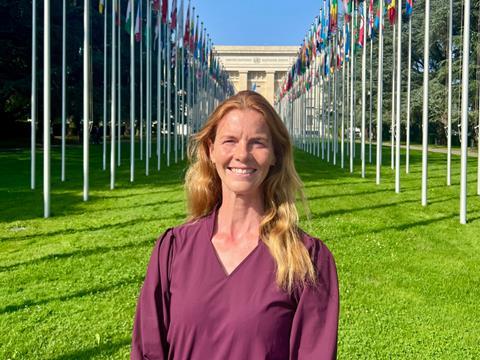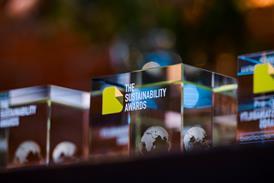
INC-5.2 was a failure – but is that necessarily a bad thing? Willemijn Peeters, founder of Searious Business, tells us why this breakdown might be exactly what is needed.
Last week in Geneva, the negotiations on a global plastics treaty ended without agreement. For most of us there, this outcome felt like a crushing disappointment. A failure. I came home to headlines describing a breakdown. But after a week to recover and catch up on sleep, I see something different: not an ending, but a turning point.
Here’s why.
The draft text on the table at INC-5.2 was a classic case of “splitting the baby.” By trying to please everyone by deleting all ambition, it ended up pleasing no one. It was too weak for those of us pushing for meaningful action, and too strong for those determined to protect the status quo. Had it been adopted, the result would have been a hollow treaty. Unworkable, uninspiring, and destined to fail in ratification and implementation.
Because adopting a treaty text is not the end. It’s just the beginning. For a treaty to succeed, countries must ratify it at home and then implement it through national laws and policies. A loose agreement might have limped across the finish line in Geneva, only to stall in parliaments, senates, and ministries around the world. Worse still, it could have created a dangerous illusion of progress while locking us into a weak and ineffective framework for decades.
INC-5.2 may have broken down, but it isn’t over. The chair adjourned the meeting, but he didn’t officially close it, leaving it open to resume asap. Some may suggest that the drama of the last day may have been by design, a warning. I hope that we get back to the table fast to strike while the iron is hot. Now that all the red lines are visible, it clears a path for us to negotiate something stronger, something that countries will not only sign, but embrace.
The core elements are clear: it must address the full life cycle of plastics; tackle unsustainable consumption and production; include robust criteria on products and chemicals; provide financing and support mechanisms that match the level of ambition; and ensure the treaty can evolve over time.
And if that means moving beyond consensus, toward majority voting, then so be it. Consensus has proven too high a hurdle when over 120 countries are ready to act, but a handful refuse to move. The world cannot be held hostage to inaction.
In the meantime, we are not powerless. While diplomats regroup, industry and ambitious governments can, and must, lead the way. Forward-thinking companies like mine are already proving that reducing plastic waste can also strengthen business models and bottom lines.
Progressive countries too, can set bold policies and standards, forming alliances that create real momentum. Together, they can shift markets in ways that no polymer producer or supplier can ignore.
This is the power of leadership: to set the pace, to show what is possible, and to create demand for sustainable solutions. If ambitious actors lead, the rest of the world and the market will follow.
If you liked this story, you might also enjoy:
The ultimate guide to the Packaging and Packaging Waste Regulation in 2025
How are the top brands progressing on packaging sustainability?
Everything you need to know about global packaging sustainability regulation in 2025
The key to increasing the use of reusable packaging in supermarkets

















No comments yet